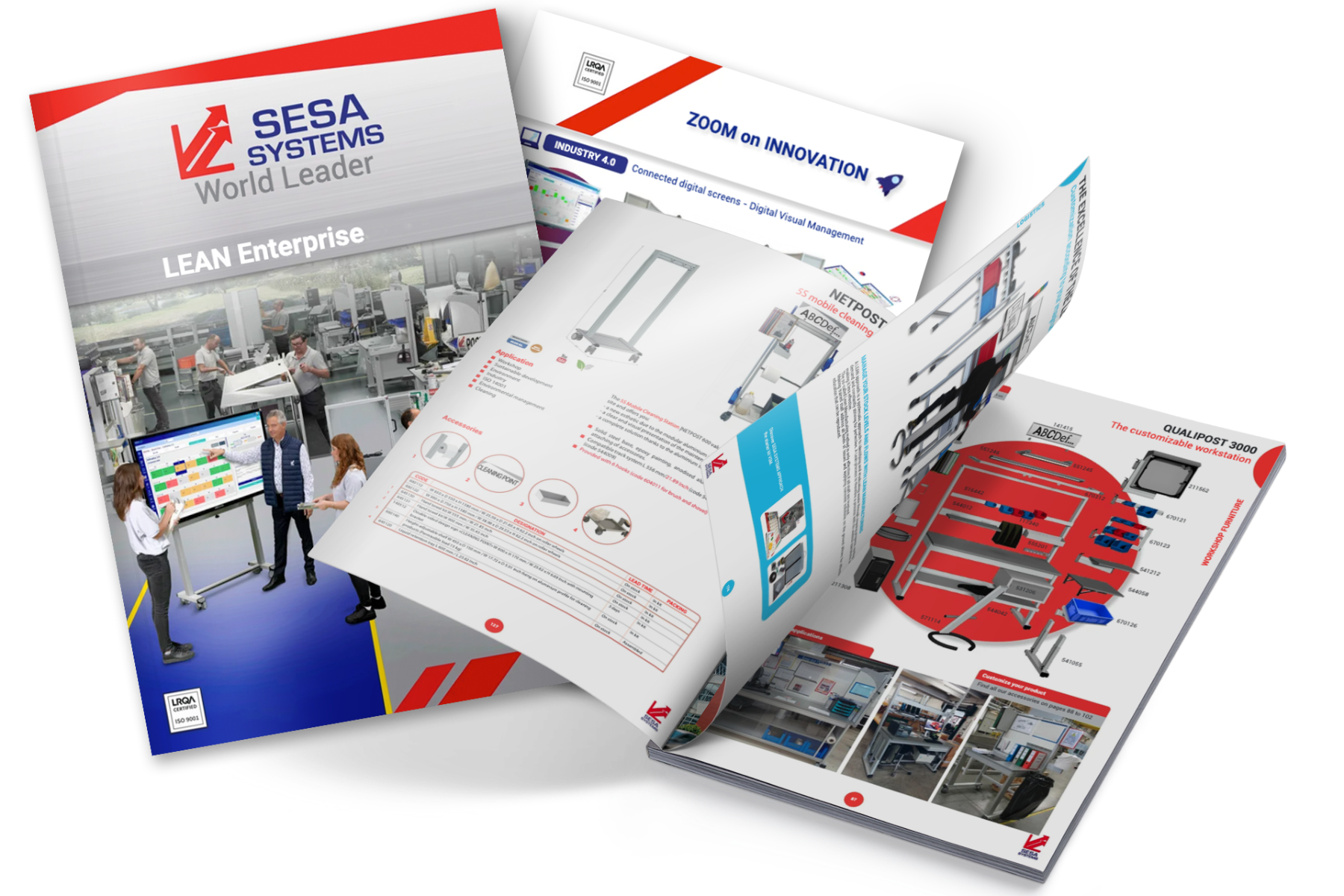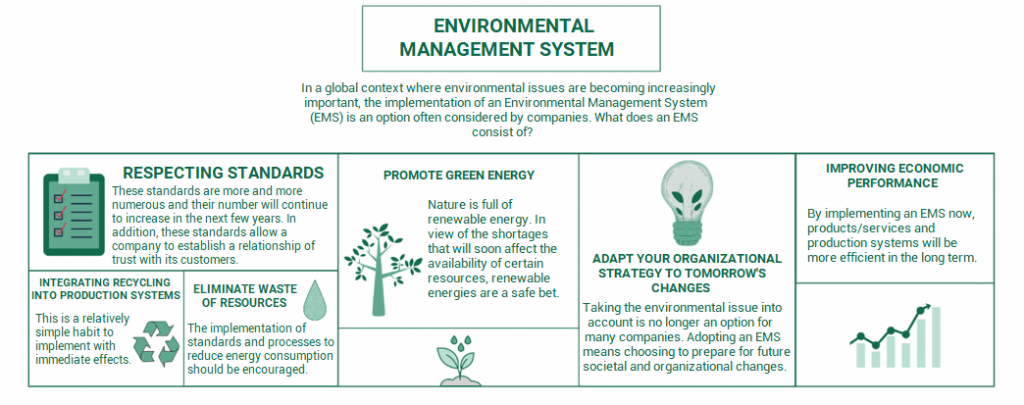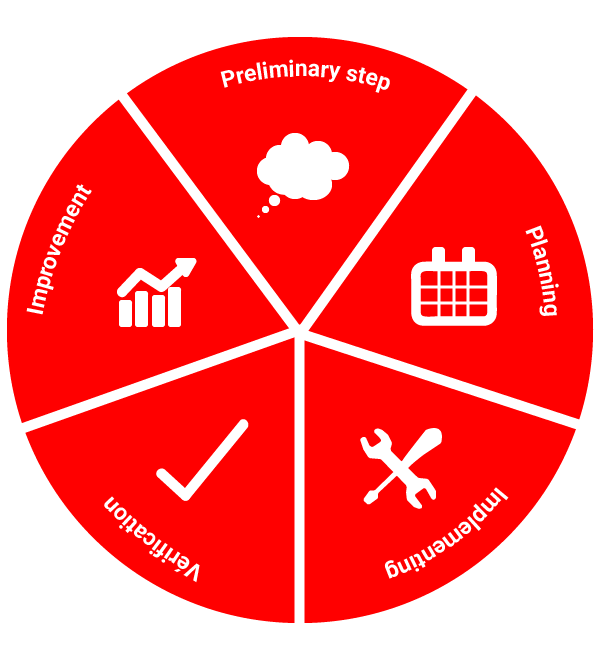300 novelties
to fully satisfy you
LEAN tools and approaches
In a global context where the issue of global warming occupies many minds, taking into account the environmental impact of companies is now of major importance. For a few years now, many companies have been aiming to develop what is called an EMS: Environmental Management System. This corresponds to the set of methods used by organizations to assess and reduce their impact on the environment. The goal is for companies to work for sustainable development.

When a company or organization uses an EMS, it means that they want to improve their "environmental performance". It is a transformation that is placed in the long term and that wants to be "sustainable". Sustainable because it is about green growth, and sustainable because improvements must be sustainable. It should also be noted that companies are not the only organisations that can set up an EMS. Public sector infrastructures can also address this issue and make organizational changes in favour of the environment. In most cases, an EMS policy must result in iso 14001. Obtaining ISO 14001 allows the company to prove its consideration of the environmental issue, but also to prove its compliance with the standards in force, and therefore its commitment.
The purpose of an EMS is not the same from one structure to another. The objectives can be extremely varied, depending on the nature and direction of the organization in question.

In particular, this makes it easier for companies to obtain insurance contracts with insurers and banks. The possession of an ISO 14001 certification indicates, in fact, that the risks of environmental accidents have been taken into account and minimized. As these accidents are extremely costly for insurers, having an EMS policy in place and certification is an undeniable advantage.
In recent years, the increased consideration of the environmental issue has led some States to tighten their environmental standards. These standards are mainly aimed at industrial companies because they have the greatest environmental impact. On the other hand, it is also common for requirements to be put in place between a supplier company and a receiving company. Also, many companies now consider the environmental issue as their raison d'être.
One of the major axes of an EMS concerns the question of resources. How much do we consume? Can less energy be used to produce a particular product or service? Often, many organizations suffer a significant waste of energy, due to a lack of awareness of this theme. In addition to the significant energy savings that structures can achieve, switching to a greener mode of operation can reduce operating or production costs.
An EMS is a very good tool to integrate into the internal communication of the company. In general, companies that defend a more "green" mode of operation also put forward a certain "respect for the human" that often pleases their employees.
This is one of the most frequently mentioned reasons when it comes to MSS. As individuals become increasingly sensitive to the environmental issue, an EMS initiative is often very well regarded. This makes it possible to reconcile with neighbouring businesses and local residents in the context of noisy and/or polluting activities. When it comes to a company that offers products or services, it is the assurance for it to make its brand "greener", with a naturally positive impact on its economic performance. Having an ISO 14001 standard is a real advantage and can be used as a marketing argument in its own right.
The key word is planning. The EMS is a process that must be implemented throughout the organization. All departments and activities of an organization are concerned. Generally, the implementation of an EMS in an organization is done by the "Plan, Do, Check, Act" or "PDCA" method. This is certainly the most recognized method of Lean Management to make a significant change in an entire organization. Concretely, how are the steps of the creation of an EMS if we apply the PDCA?

Even before the preliminary step mentioned above, it is necessary to make sure of certain things:

To help you in this step, SESA SYSTEMS offers tools to help you apply the process you want to set up. Find our interactive whiteboards and our E-Leanboard, both facilitators of collaboration and monitoring of indicators on a daily basis.
The EMS is an initiative destined to gain ground within organizations. The consideration of environmental issues is becoming more important every day and is already beginning to condition the activity of many companies. Adopting an EMS now is the assurance of being able to adapt to the standards of tomorrow but above all to set up a more viable and beneficial operating model for your company.

Discover all the concrete applications, tools to implement as well as our advice on our areas of expertise.
Do not hesitate to contact us if you would like more information or customized support.
Our experts are at your disposal.